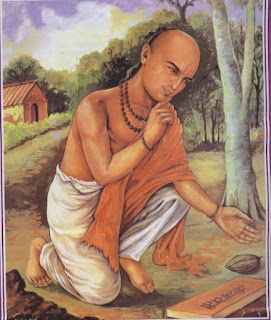Sharad poornima is the full moon that falls in the sharad ritu( sep- nov). Although we witness full moon in every month, what makes sharad poornima special is this day moon will be very near to the earth and the moonlight is highly beneficial.
If kheer is made and kept under moonlight and consumed the next day is highly beneficial for health and it acts as immunity booster dessert. Increased immunity in the body can solve many health related problems like heart problem, hairfall, depression, anxiety, hormonal problems, menstrual problems of females, as moon is related to womens health in Ayurveda.
If kheer is made and kept under moonlight and consumed the next day is highly beneficial for health and it acts as immunity booster dessert. Increased immunity in the body can solve many health related problems like heart problem, hairfall, depression, anxiety, hormonal problems, menstrual problems of females, as moon is related to womens health in Ayurveda.
Recipe of kheer:
- Rice - 1/2 cup
- Milk - 1 litre
- Sugar - 8 tablespoon
- Cardomom powder- 1teaspoon
- Sliced dry fruits - 1tablespoon
Procedure: soak rice in water for 20 minutes. In a saucepan bring milk to boil, drain all water from rice and add it to the boiling milk mix very well. Add sugar when rice is half cooked and cardamom powder, sliced almond, cashews, pistachios and raisins when rice is fully cooked. Kheer is ready
Sharad poornima falls on october 13, sunday. Do gift ourselves health that nature is giving us just by eating this delicious dessert.














